Springwell vs Aquasana: Comparing Two Heavy Hitters in Home Water Filtration
Access to clean, safe water should be a basic requirement for every home. Unfortunately, many household water sources contain contaminants that can pose health risks if consumed without treatment. Whether you rely on municipal water lines or a private well, it’s important to filter out harmful substances and protect your family.
However, with various filtration options on the market, selecting the best whole house water filter for your specific needs can feel like a daunting process. Different systems remove distinct contaminant profiles more effectively. Your budget, source water quality, and family size also influence the decision.
That’s why I’m sharing a detailed comparison between the Springwell and Aquasana filtration systems today. Both brands are trusted leaders for residential water treatment. By understanding their core technologies and performance strengths, you can feel confident choosing a filter that optimizes your water quality and wellness.
Let’s explore how these two heavy hitters in the industry compare, so you can make an informed choice for clean, safe water at home.
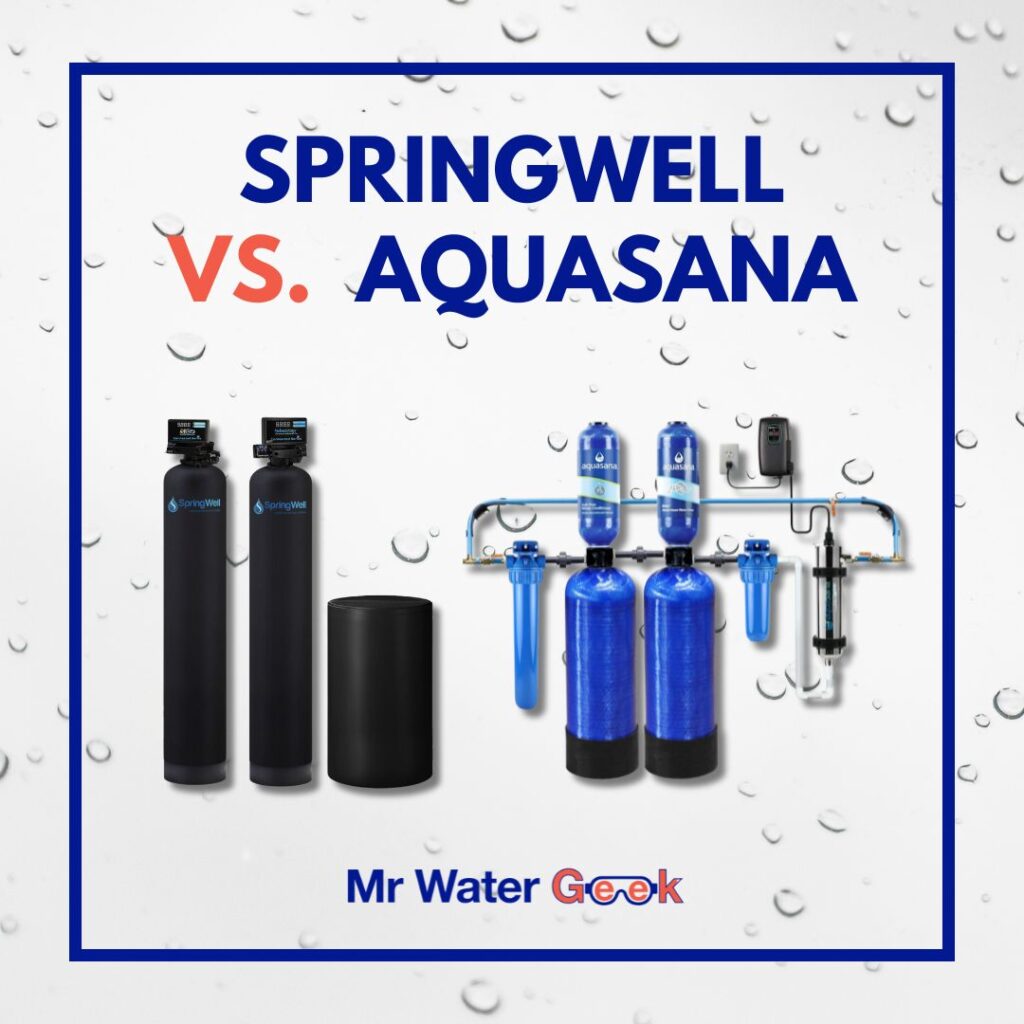
Springwell vs Aquasana: Which Whole-Home Filtration System Fits Your Home’s Needs Best?
Water chemistry varies so widely across regions–it’s wise choosing a whole home solution tailored accordingly. When contrasting industry frontrunners Springwell and Aquasana, bear these factors in mind:
Water Source Compatibility
It’s important for homeowners to understand whether a system can treat water from private wells, surface sources like lakes/streams, or just municipal water sources. Customization abilities also matter for addressing source-specific contaminants.
Filter Replacement Period
Operational costs over the long-term depend on how often filters need swapping. More frequent changes mean higher overall costs for filtration media.
Installation Complexity
Ease of DIY installation vs needing professional help impacts upfront hassle and costs. Consumers prefer plug-and-play simplicity over specialist configurations.
Lifecycle Costs
While initial equipment expenditure varies, the total costs over 5-10+ years depend greatly on replacement part schedules and expenses.
Flow Rates
Adequate flow is essential for multi-fixture homes to prevent pressure drops during simultaneous high-demand periods.
Durability
Higher quality components and construction ensure proper functionality for greater return on the long-term purification investment.
Maintenance Needs
The simplicity and frequency of maintenance like cleanings or disinfections factors into ongoing time commitment requirements.
Contaminant Coverage
Addressing a wide range of EPA and non-regulated contaminants gives comprehensive protection from an array of potential water issues.
Water testing
Whole home water filters that target chlorine are for people with city or municipal treated water (they use chlorine to treat water). Some city water also adds fluoride to the treated water which many (rightly) want to filter out as fluoride has been shown to cause issues with thyroid function. Well water has no chlorine. Checking your municipal water test reports to see if you need a drinking water filter and which product to choose.
Here is a comparison table outlining Springwell and Aquasana water filtration systems based on key considerations for homeowner evaluation:
| Criteria | Springwell’s Whole House Water Filter System | Aquasana’s Rhino Whole House Water Filter |
| Water Source Compatibility | Private wells, surface water, municipalities. Customizable to source | Optimized for municipal water treatment |
| Installation Complexity | Professional installation is often required. Specialized configuring | Easy “out-of-the-box” DIY installation within a day |
| Lifecycle Costs | Higher upfront costs $1000 – 2000Frequent $50-100 filter replacements | Lower initial cost $500 – 2000 Less frequent $25-50 cartridge swaps every 3-5 years |
| Maintenance Needs | Regular cleaning and sanitization requirements | Simple cartridge swapping only when indicator light activates |
| Contaminant Coverage | Addresses 90% of EPA regulated and unregulated chemicals through customization | Targets common municipal issues like lead, chlorine, VOCs effectively |
| Warranty Coverage | 10-year residential warranty on fiberglass and polyethylene tanks and valves | Lifetime support and warranty on housing and distributor/injectors |
| App Support | Web-based water testing and system monitoring via smartphone app | No app support currently, online water testing available |
| Certifications | NSF Standard 42, 53, 401 for cyst, lead and mercury removal | NSF Standard 42, 53 for reduction of common residential issues |
| Flow rates | Up to 1 GPM depending on model/configuration | Around 0.5 GPM from under sink systems |
Springwell vs Aquasana: Comparing Two Heavy Hitters in Home Water Filtration
Springwell and Aquasana are two of the most popular brands for whole house water filter systems in North America. Both manufacturers provide high-quality products using varied filtration techniques. Springwell and Aquasana consistently top bestseller lists as famous names synonymous with reliability, performance and — of course — clean water.
But with such similar reputations, how can you determine which filter titan holds the advantage for your home’s unique water situation? Knowledge is power, and understanding where these systems differ in their contamination takedowns gives you the power to choose a champion customized to help you remove contaminants.
Both Springwell and Aquasana flood the marketplace with whole house filters preventing countless flushed-away fights against water wastage. But do their techniques for tossing the toxins stack up the same? Let’s dissect the features, performance and specialist skills of these top brands to see who stands taller!
Springwell Water Filtration System
The Springwell whole house water filtration system is ideal for most city water supplies and shallow wells. It utilizes a multi-stage filtration approach to remove a wide range of contaminants.
In the first stage, sediment pre-filters trap particles 5 microns or larger, such as rust and dirt. This protects downstream filter components from clogging.
The next stage uses specialized carbon and KDF blocks. These contain activated carbon and KDF-85 media which work synergistically. Carbon aids with adsorption of substances like chlorine, while KDF utilizes oxidation to transform contaminants like lead. Finally, a catalytic carbon polishes the water, further reducing chlorine byproducts.
Together, these stages work to remove over 180 different potential contaminants from the water. By targeting both chemical and physical impurities, Springwell delivers consistent whole-home filtration for drinking water applications.
With an effective multi-barrier design and proven track record treating various water sources, the Springwell system provides a comprehensive filtration solution for most household needs.
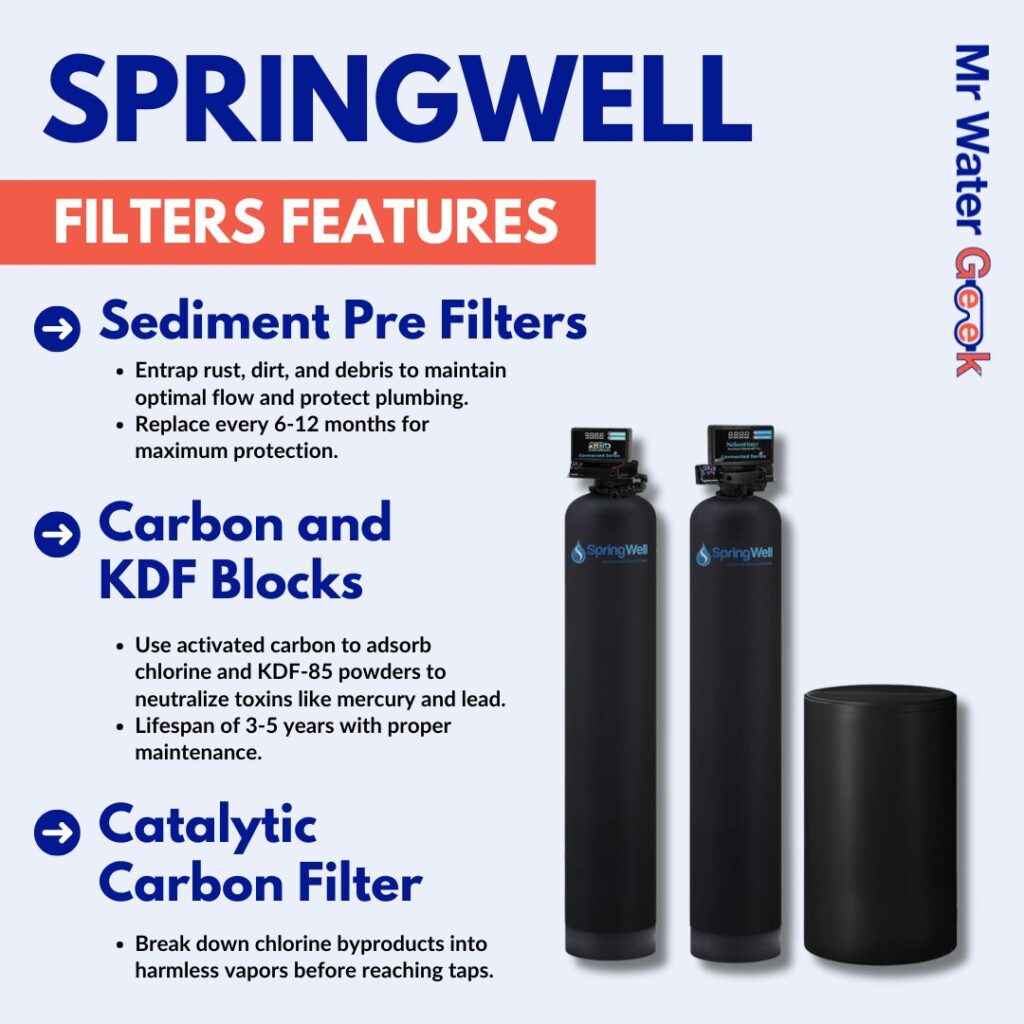
Springwell Filters Features
Sediment Pre Filters
These frontline fighters entrap rust, dirt and other debris 5 microns or greater in size before they can penetrate deeper into the homefront pipes. Trapping sediment at the first sign of battle helps maintain optimal flow for downstream defenses, while reducing damage to sensitive plumbing infrastructure over the long-term. Replacing these filters every 6-12 months based on water quality helps maximize their protective capabilities.
Carbon and KDF Blocks
This formidable filtration duo relies on activated carbon to adsorb enemies like chlorine and chloramines through surface attraction. Simultaneously, KDF-85 powders strategically transform threatening toxins like mercury and lead into neutralized compounds no longer dangerous to humans. Together, they form a nearly impenetrable chemical blockade. With lifespans reaching 3-5 years when properly maintained, these dual-threat defenses prove highly effective and durable in combating contaminants.
Catalytic Carbon Filter
This final filter stage uses ammonia-reducing catalytic carbon to break down chlorine byproducts into harmless vapors before they reach your taps.
Springwell Water Filter Pros and Cons
Pros:
- Removes myriad contaminants including chlorine, heavy metals, and microplastics
- Long-lasting filtration media means fewer filter changes over time
- Salt-free, requires no softening agents or salt for regeneration
Cons:
- Unsuitable for very hard well water supplies without softening
- Higher initial equipment costs than some competing brands
- Some users report lower water pressure after installation
- Installation requires plumbing expertise for proper placement
Aquasana Whole House Water Filter System
The Aquasana filter is a stylized option designed specifically for municipal water sources. Using a focused multi-stage approach, it efficiently removes common residential distribution line contaminants.
The first line of defense employs ion exchange resin to trap metals like lead often introduced from older pipes. This protects downstream components from saturation.
Subsequently, a blend of activated carbon and KDF filter media complete the purification process. Working synergistically, carbon absorbs chlorine through surface attraction while KDF utilizes oxidation reactions to neutralize any remaining heavy metals or VOCs. It then flows to the workhorse reverse osmosis membrane, where a polypropylene barrier removes dissolved solids and 99% of all impurities.
Engineered for flow rate and capacity needs of urban homes, Aquasana can refresh the entire property’s lines with optimized cycles. Regular cartridge replacement keeps performance levels high over the 3-5 year lifespan.
For households reliant on treated city water or well water, Aquasana offers a comprehensive yet simplified solution tailored to that application. Their whole home filter system allows a homeowner to customize their Aquasana RhinoWhole House filter system with different cartridges depending on what they want to target. For higher flow, you have larger cartridges for higher flow as with the Aquasana Rhino Max Flow, Aquasana UV water purifier for bacteria/viruses, Aquasana salt free water conditioner for hardness. Sleek installation minimizes disruption to plumbing. When choosing a whole home system, this streamlined design merits consideration.
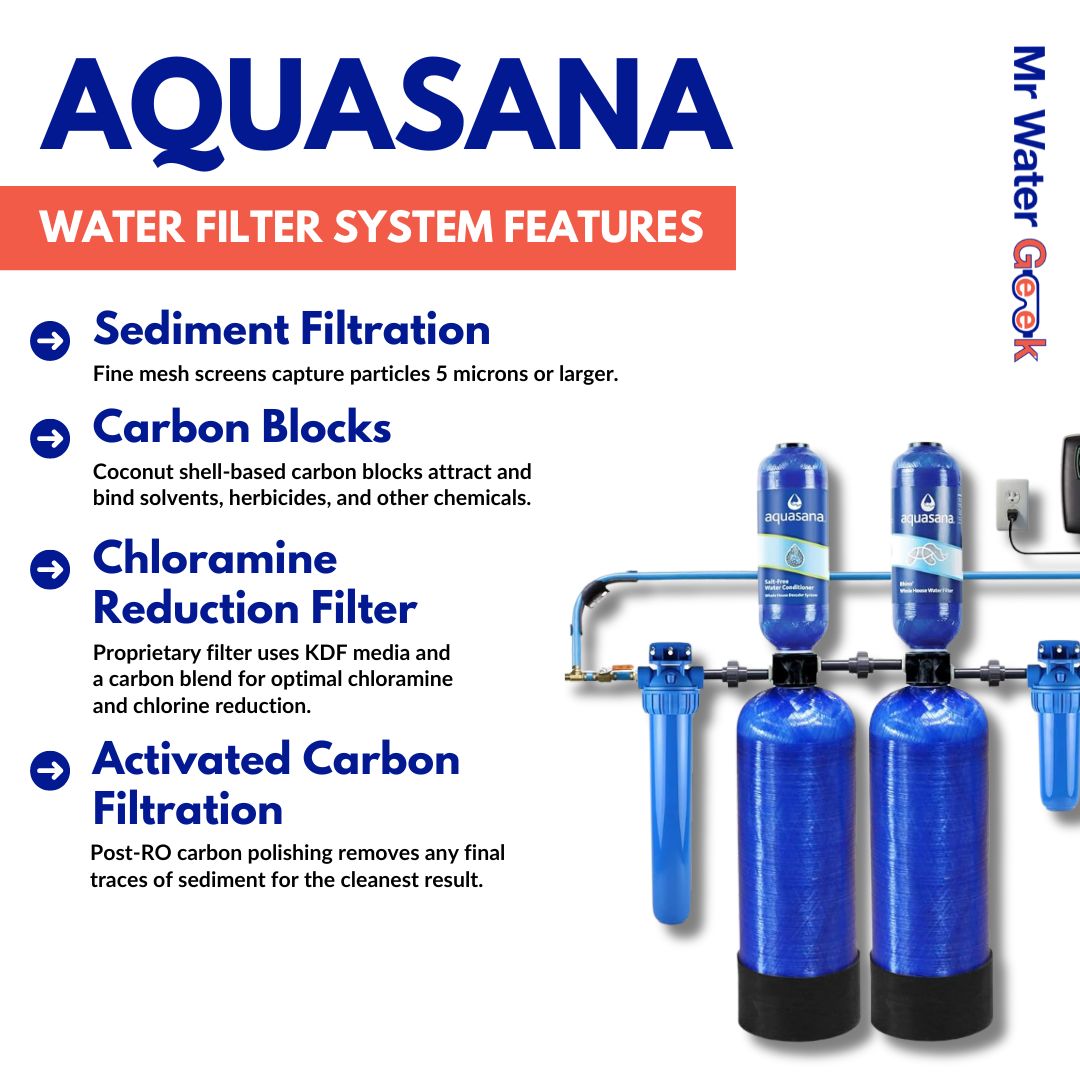
Aquasana Water Filter System Features
Sediment Filtration
Fine mesh screens capture particles 5 microns or larger in size.
Carbon Blocks
Coconut shell-based carbon blocks attract and bind with solvents, herbicides and other chemicals.
Chloramine Reduction Filter
This proprietary filter uses KDF media and a carbon blend for optimal chloramine and chlorine reduction.
Reverse Osmosis Membrane
Made from food-grade plastic, this semipermeable membrane rejects contaminants to produce exceptionally pure water.
Activated Carbon Filtration
Post-RO carbon polishing helps remove any final traces of sediment for the cleanest result.
Aquasana Water Filters Pros and Cons
Pros:
- Removes a wide range of contaminants through multi-stage purification
- Maintains consistent water pressure throughout the home
- Components certified to NSF/ANSI safety standards
- LED alerts indicate optimal filter replacement times
- Well-known brand with excellent customer service
Cons:
- Requires more frequent filter replacements than some competitors
- Higher initial investment compared to basic filters
- Produces wastewater during production requiring drain line installation
- may reduce incoming water pressure and lower flow rates
Springwell vs Aquasana: Which is best for your home?
Both the Springwell and Aquasana systems provide robust whole house water filtration to visibly and tastefully improve your water quality. Some deciding factors may be your water source, family size, long term budget, and priorities for contaminant removal.
The Springwell filter is well-suited for most city water users on a budget, with fewer expected filter changes keeping the long term cost lower than Aquasana. However, its carbon filtration alone may not meet the needs of households on wells containing heavy metals or other unique contaminants.
The Aquasana filter system, on the other hand, has been shown to remove up to 87 contaminants proven to be in tap water according to the EPA – including dangerous chemicals they tested for like perchlorate, quinoline, and more – making it the ideal solution for serious water quality issues (Read my in depth aquasana optimh2o whole house review). It produces water almost as pure as distillation, but requires more intensive filter maintenance.
In conclusion, for most city water users the Springwell system offers reliable filtration at reasonable cost. For households with special water safety or quality concerns like wells containing heavy metals, the “no compromise” Aquasana system may represent the superior choice despite higher overall costs. Both brands deliver clean, healthy water – choosing the right fit comes down to evaluating your unique needs and priorities.
Feel free to reach out if you have any other questions; I am always happy to recommend the best whole-home filtration products to improve your wellness through optimal hydration. You can also check out some of my other reviews like Softpro vs Springwell and water conditioner vs water softener.
Please reach out if you need any other advice in selecting the ideal system or products for your needs!
Stay hydrated,
Shashank Varma (Mr. Water Geek)

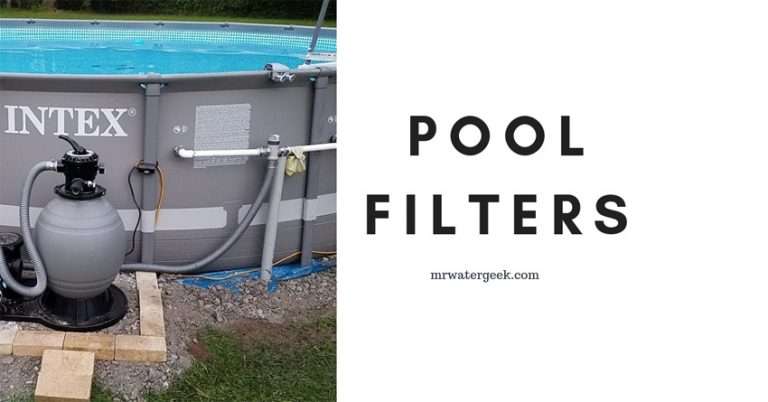
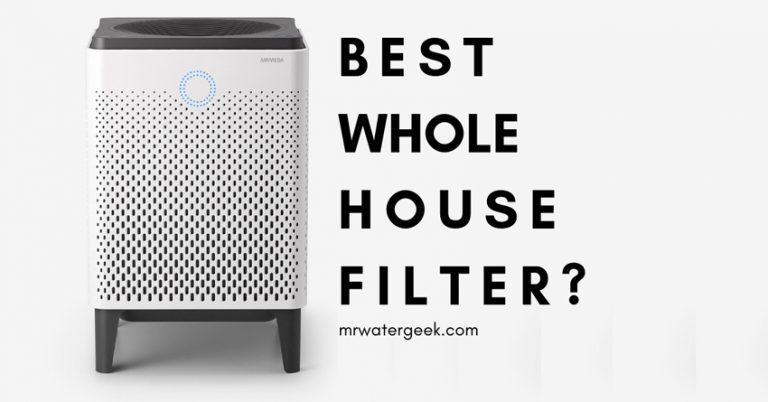
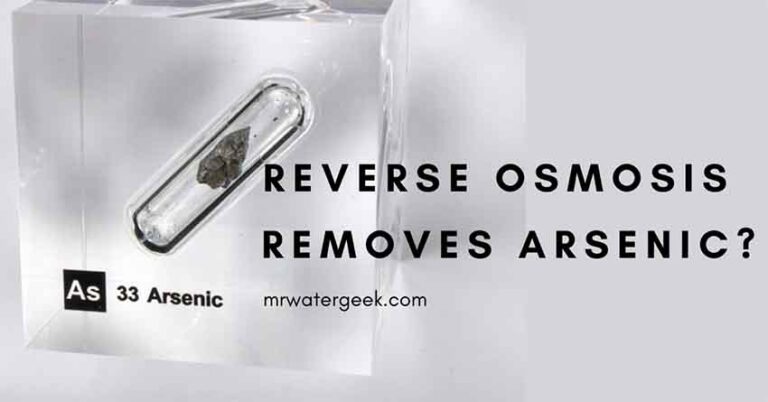
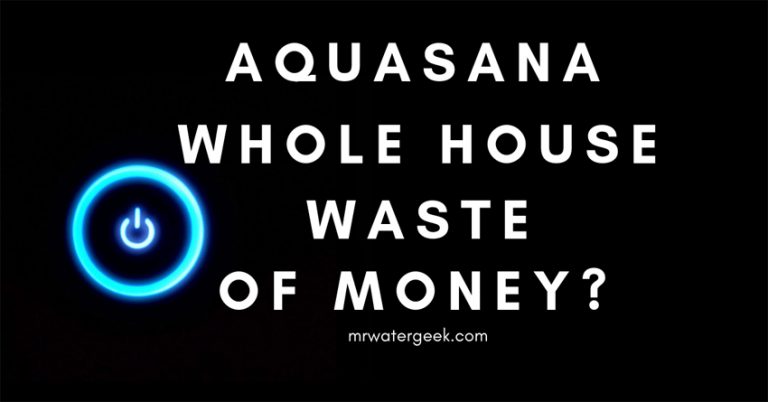
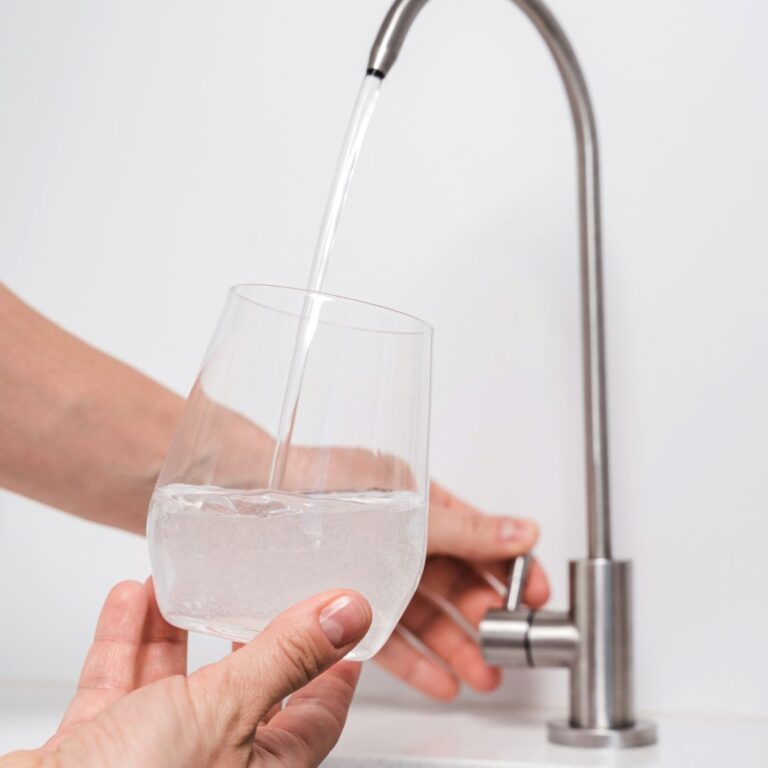
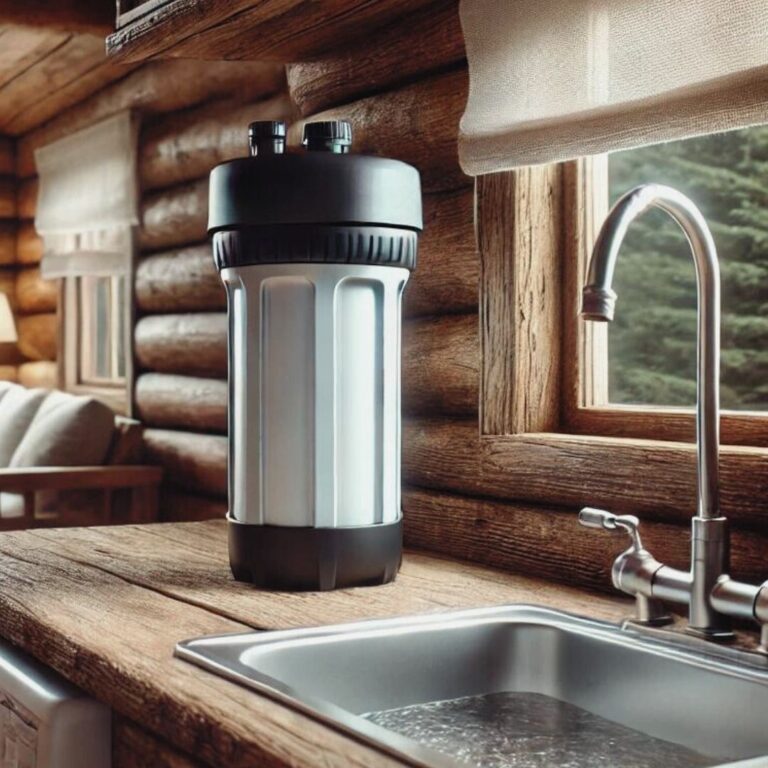
Thanks for sharing